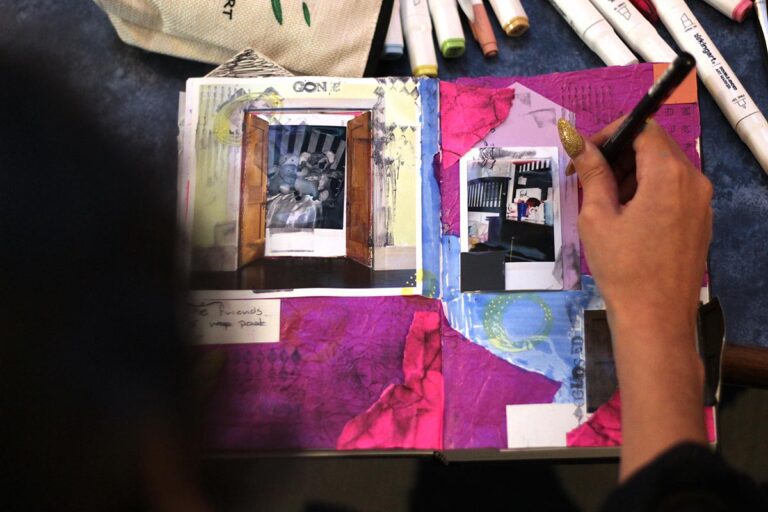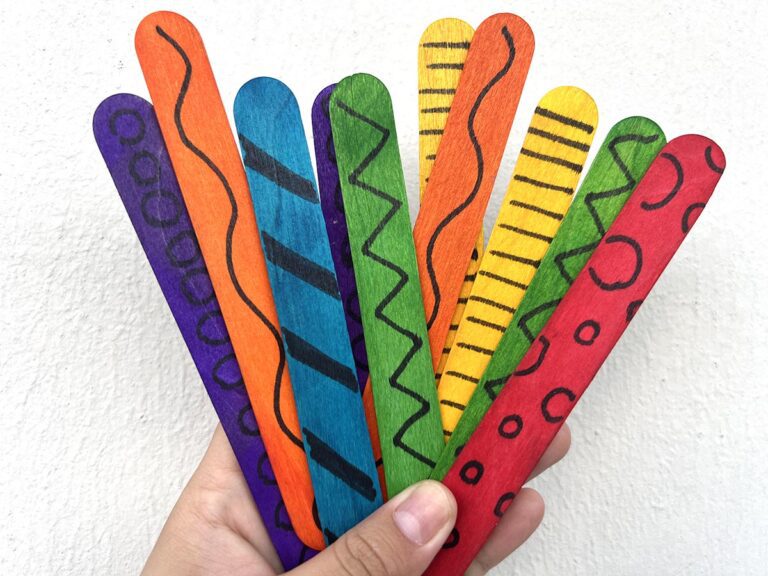I often think about how little time we get to spend with our students. In that short time, if you are anything like me (and you probably are!) you try to cram in as much art as you can. Watercolor, ceramics, acrylics, charcoal, metals, artists, genres, movements….I could go on forever. We sometimes teach a mile wide and an inch deep. Finding the time to go deeper into topics can be tricky. One solution is to include a “Materials Workshop” day into your lesson planning.
Here are the keys to helping students get the most from it.
1. Make it part of the creative process.
Once students have their subject matter or ideas articulated, allow them to test out a few different mediums and choose the one that might best communicate those ideas. This helps students see that practice and exploration are important parts of the creative process.
2. Help students see the potential of different materials.
Depending on the instructional level of your students, your Materials Workshop day may be more or less structured. You might set up stations with instructions at each, or you may just put out everything out on the tables and let them have at it! Maybe you let them explore two materials, maybe six. The idea is that the students get some practice before they jump into their final pieces. Two great outcomes of a day like this are that some of the novelty of fancier materials (like gold paint!) wear off allowing students to explore all materials equally and that you can use some of the results for collage or paper mache, or even in student portfolios as evidence of learning.
3. Have students share what they learned.
Either after the workshop day or at the end of it, have students share or write about their experiences. Have them explain what they learned about using the materials, why they made their choices, and if they thought they were the right choices in the end.
When you include material workshop days in your lessons, you help students drive their work, make thoughtful choices, and reflect on those choices. One extra day in your planning can make a world of difference in student thinking!
How do you help students reach potential in your own classroom?
Do you allow time for practice?
Magazine articles and podcasts are opinions of professional education contributors and do not necessarily represent the position of the Art of Education University (AOEU) or its academic offerings. Contributors use terms in the way they are most often talked about in the scope of their educational experiences.





